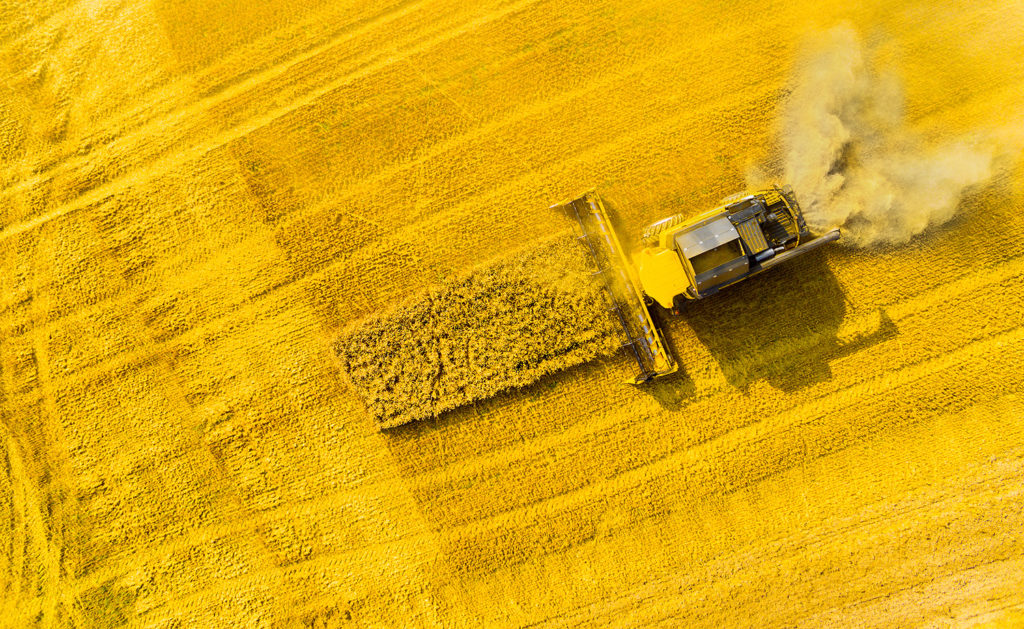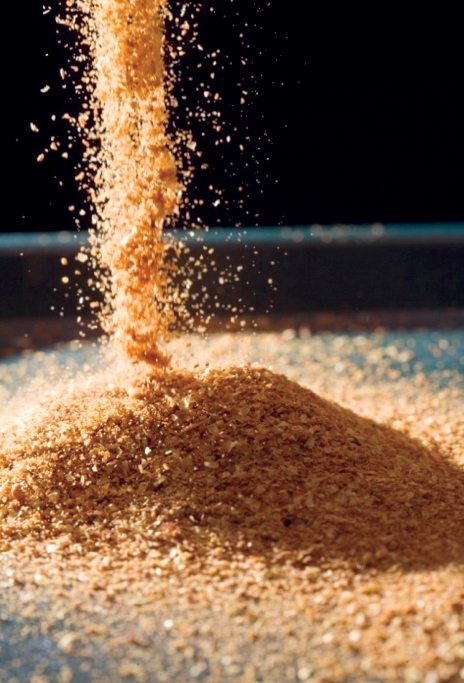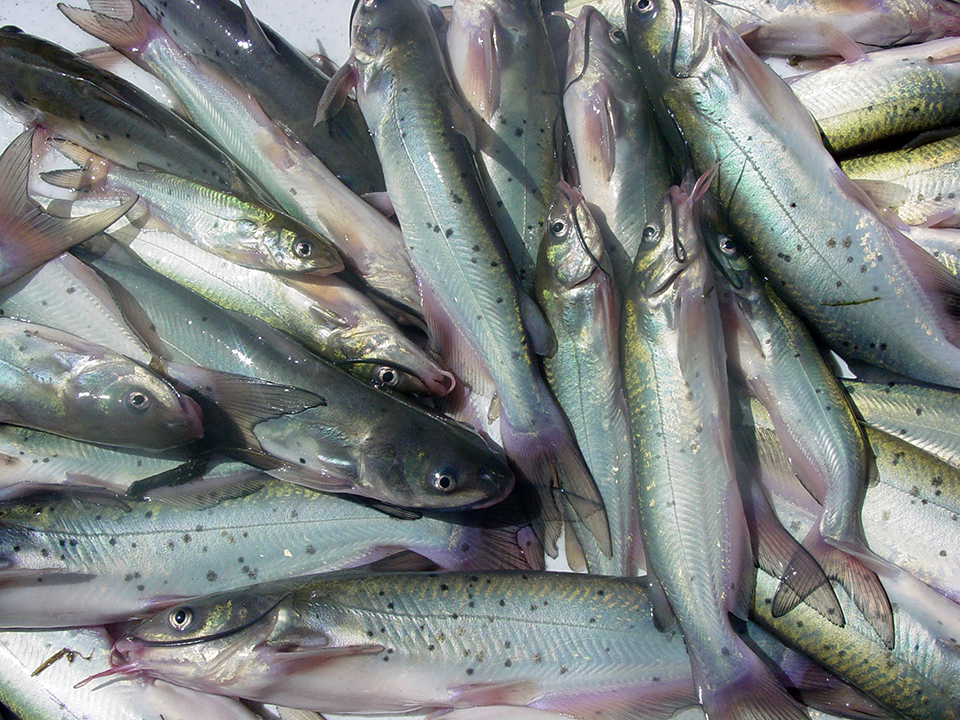Study shows feed intake increases as corn meal was replaced with low-tannin silage sorghum

The Nile tilapia (Oreochromis niloticus) is one of the freshwater fish species whose culture is rapidly growing in Brazil, significantly expanding from traditional pond culture to intensive pen culture. Considerable research has been carried out around the world to identify alternative plant energy sources in diets for these cultured fish.
Corn meal usually constitutes a major source of dietary energy in freshwater fish aquafeed in Brazil. Sorghum bicolor, a C4 grass adapted to tropical and subtropical climates, could be used to replace corn meal in aquafeed. Sorghum is currently used in the preparation of nonruminant and ruminant feeds.
An important limiting factor for the inclusion of sorghum meal in fish diets is the presence of tannins that interfere with digestive processes by binding to feed protein, vitamins, minerals, and digestive enzymes. In general, high-tannin sorghum meal cannot be utilized at high levels without compromising fish performance. Enhancement of its nutritive value by processing to reduce or remove antinutritional factors could make it possible to incorporate sorghum meal in commercial fish diets.
Feeding trial
The authors recently conducted a feeding trial to evaluate the use of sorghum silage as an energy feedstuff in practical diets for juvenile Nile tilapia. Fish of about 55 grams were reared in 1,000-liter fiberglass tanks and hand-fed experimental diets to apparent satiation three times per day for 66 days. Water temperature and dissolved oxygen were maintained at 25 to 28 degrees-C and 4 to 6 ppm, respectively.
Three practical diets with 3,000 kcal digestible energy and 31 percent crude protein were formulated. The diet formulations were defined by the digestibility of the ingredients for Nile tilapia (Table 1). Major ingredients included corn meal, sorghum meal, soybean meal, and corn gluten meal.
Furuya, Proximate analysis of corn meal, low-tannin sorghum, Table 1
| Diet | Dry Matter (%) | Digestible Energy (kcal/kg) | Crude Protein (%) | Crude Fat (%) | Crude Fiber (%) | Ash (%) |
|---|---|---|---|---|---|---|
| Corn meal | 90.4 | 3,266 | 28.1 | 5.0 | 3.31 | 5.8 |
| Low-tannin sorghum | 86.6 | 3,050 | 28.1 | 4.9 | 3.37 | 5.4 |
| High-tannin sorghum | 85.3 | 2,955 | 27.6 | 5.3 | 3.29 | 5.6 |
The corn meal (43.5 percent of diet) was totally substituted by low-tannin (0.4 percent tannins sorghum) and high-tannin (1.2 percent tannins) sorghum. The ingredient mixtures were passed through a meat grinder to make 1.5-mm pellets, which were dried in an oven for 12 hours.
The apparent digestibility coefficients of energy and protein for the corn meal, low-tannin sorghum, and high-tannin sorghum were estimated using 0.1 percent chromic oxide as an inert indicator. Fish were fed for one week to acclimate them to the diets, with accumulated feces from each 12-fish group collected twice a day for five days.
Results
No mortality occurred throughout the feeding trial. The weight gains, feed intake, and feed-conversion ratios of the juvenile tilapia are summarized in Table 2.
Furuya, Performance of juvenile Nile tilapia fed experimental diets, Table 2
| Diet | Weight Gain (g/fish) | Feed Intake (g/fish) | Feed Conversion |
|---|---|---|---|
| Corn meal | 58.63b | 87.67b | 1.50 |
| Low-tannin sorghum | 72.55a | 120.45a | 1.65 |
| High-tannin sorghum | 53.50b | 90.73b | 1.55 |
Fish fed the diet with low-tannin silage sorghum experienced the largest weight gain, followed by fish fed the diet with corn meal, and those fed the high-tannin sorghum diet. The lowest feed intake was observed in the fish group fed the corn meal diet, closely followed by fish fed the diet with high-tannin sorghum.
Feed intake increased as corn meal was replaced with low-tannin silage sorghum. Although other nutritional factors could be involved, the greater consumption could be due to increased palatability from the sorghum. Based on study results, it is possible to include low-tannin sorghum at up to 44 percent in diets for Nile tilapia, with no deleterious effect on fish production performance.
(Editor’s Note: This article was originally published in the December 2003 print edition of the Global Aquaculture Advocate.)
Now that you've reached the end of the article ...
… please consider supporting GSA’s mission to advance responsible seafood practices through education, advocacy and third-party assurances. The Advocate aims to document the evolution of responsible seafood practices and share the expansive knowledge of our vast network of contributors.
By becoming a Global Seafood Alliance member, you’re ensuring that all of the pre-competitive work we do through member benefits, resources and events can continue. Individual membership costs just $50 a year.
Not a GSA member? Join us.
Authors
-
Dr. Wilson Massamitu Furuya
Universidade Estadual de Maringá
Departamento de Zootecnia
Av. Colombo, 5790, 87020-900
Maringá, Paraná, Brazil[114,98,46,109,101,117,64,97,121,117,114,117,102,109,119]
-
Dr. Antônio Cláudio Furlan
Universidade Estadual de Maringá
Departamento de Zootecnia
Av. Colombo, 5790, 87020-900
Maringá, Paraná, Brazil -
Dr. Valéria Rossetto Barriviera Furuya
Universidade Estadual de Maringá
Departamento de Zootecnia
Av. Colombo, 5790, 87020-900
Maringá, Paraná, Brazil
Tagged With
Related Posts

Aquafeeds
A push for rapeseed as a viable aquafeed ingredient
One Germany-based company says rapeseed protein concentrate, or RPC, can help aquafeed manufacturers meet growing demand.

Aquafeeds
A look at corn distillers dried grains with solubles
Corn distillers dried grains with solubles are an economical source of energy, protein and digestible phosphorus to reduce feed costs and fishmeal usage.

Responsibility
Brazil’s inland aquaculture
Freshwater fish culture is practiced in every state in Brazil, primarily at small-scale earthen pond facilities, but tilapia culture in reservoir cages is increasing.

Health & Welfare
Essential oils increase weight gain in channel catfish
Essential oils are linked to livestock performance gains. In research with channel catfish, inclusion resulted in greater feed consumption and weight gain.


